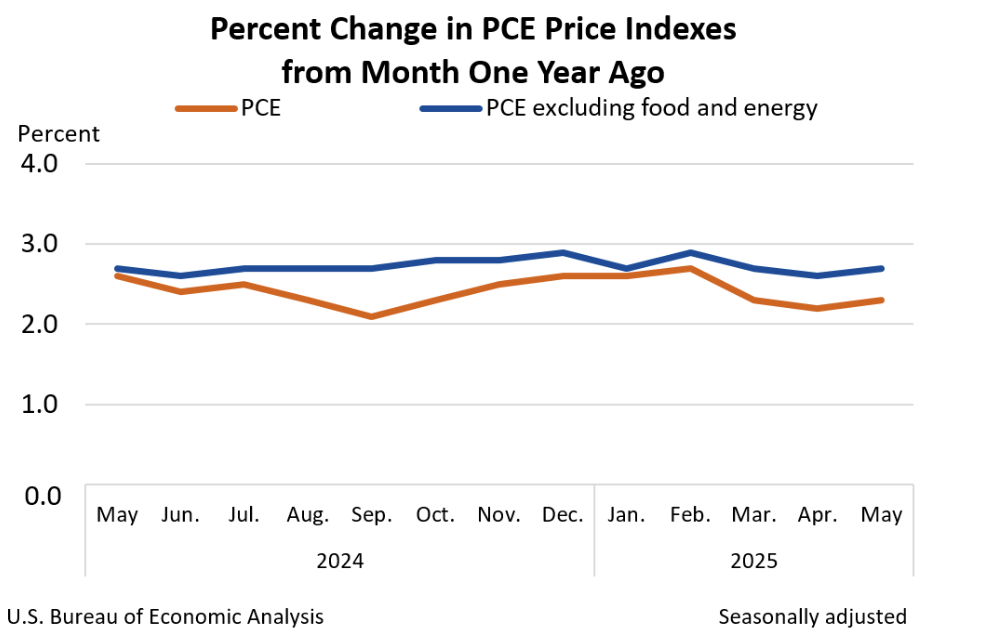Personal income in the United States fell by 0.4% in May, equivalent to a $109.6 billion decrease, according to data from the US Bureau of Economic Analysis.
Disposable personal income, which reflects income after taxes, declined by 0.6% or $125.0 billion.
Personal consumption expenditures also edged lower, dropping by 0.1% or $29.3 billion for the month. Total personal outlays, including consumption, interest payments, and transfer payments, decreased by $27.6 billion.
Americans continued to set aside part of their income despite lower earnings. Personal savings reached $1.01 trillion in May, with the personal saving rate steady at 4.5%.
The decline in personal income was mainly driven by a reduction in government social benefits and a decrease in farm proprietors’ income. These declines were partially offset by an increase in employee compensation.
The $29.3 billion decline in personal consumption was led by a $49.2 billion fall in spending on goods. This was partly balanced by a $19.9 billion increase in services spending, reflecting continued resilience in the services sector.
Price pressures remained moderate in May. The PCE price index rose by 0.1% compared to the previous month and increased by 2.3% from a year earlier. Core PCE, which excludes food and energy prices and is closely monitored by the Federal Reserve, rose by 0.2% month over month and 2.7% year over year.
The latest data suggests that while consumer demand is cooling, inflation pressures remain within a manageable range. The Federal Reserve will closely watch these figures as it considers the future path of interest rates amid evolving economic conditions.

Source: Bureau of Economic Analysis
Russia-Ukraine peace efforts remain stalled.
Detail Trump Pressures Fed as Dollar Slips After Cut (12.11.2025)The Federal Reserve ended 2025 with a 25-bps cut to 3.50-3.75%, maintaining guidance for one cut in 2026.
Detail Fed Day Takes Shape, Chair Decision Nears (12.10.2025)Income strategies are under pressure as lower yields reduce the appeal of short-term Treasuries, pushing investors toward riskier segments such as high yield, emerging-market debt, private credit, and catastrophe bonds.
DetailThen Join Our Telegram Channel and Subscribe Our Trading Signals Newsletter for Free!
Join Us On Telegram!